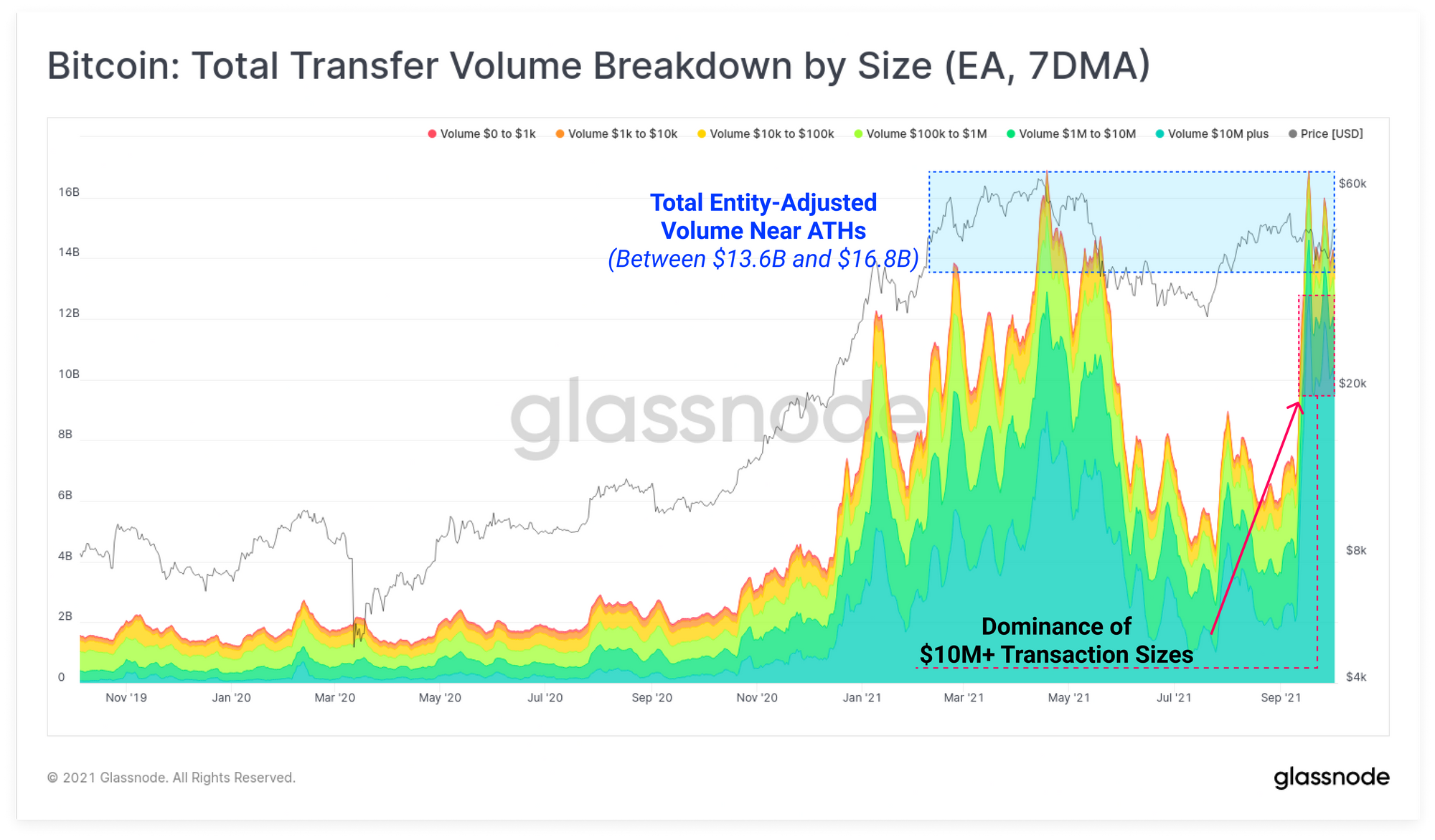September 22, 2021
 By: Wayne Duggan
By: Wayne Duggan
The options market may seem extremely complicated and dangerous to a beginner. While there are certainly plenty of ways to ramp up leverage, volatility, and risk trading options, there’s nothing inherently dangerous about options trading as long as traders fully understand their strategy and the range of potential outcomes.
Here’s a close look at a common options trading strategy known as “covered combinations.”
The Trade
A covered combination strategy is a potential way for traders to generate some additional income from a core stock holding. The idea is simple: By selling an equal number of out-of-the-money call options and put options, a trader is essentially betting that the underlying stock will not trade outside of the price range between the strike price of the calls and the strike price of the puts by the expiration date.
Scenarios
The best-case scenario for the options seller is that the underlying stock trades up to or above the strike price of the call option by the expiration date. If that happens, the options seller’s profits include gains on the underlying stock up to the strike price of the call contracts plus the net premiums received from the sale of the calls and the puts.
Unfortunately, any additional upside for the underlying stock above the strike price of the call contracts is lost because the call buyer has the right to buy those underlying shares at the strike price. Essentially, the call seller has sold the rights to any upside above the strike price of the call contracts.
The second best-case scenario is that the underlying stock trades between the strike prices of the call and put contracts on the expiration date. In that scenario, the options seller gets to keep his underlying shares of stock and also the premiums from both the call and put contracts. Both sets of contracts expire as worthless.
To calculate the break-even point for a covered combination trade, take the purchase price of the underlying stock, add the strike price of the put contract and subtract the net premium received from the sale of the options contracts. Finally, divide the total by 2.
Example
Assume a trader buys 100 shares of a $25 stock and sells out-of-the-money calls at a strike price of $28 and out-of-the-money puts at a strike price of $22. In this scenario, the cost of the underlying shares of stock would be $2,500, and the trader might collect another $100 in options premiums from the sale.
If the stock rallied to $30 by the expiration date of the contracts, the puts contract would expire as worthless and the shares of stock would get called away for $2,800. The total profit would be $300 plus the $100 in premiums for a net gain of $400.
Using the calculation method above, the break-even point of the trade on the downside would be $23. The trader would only incur net losses if the stock price dropped below $23.
However, it’s extremely important to note that the put contract seller has an obligation to buy 100 shares of the underlying stock at the strike price if the contract is exercised. Therefore, if the stock crashes well below the strike price of the put contract, the seller will essentially be incurring losses on both the 100 underlying shares they already own and the additional 100 shares they will be obligated to buy.
Active Trading with Lightspeed
Lightspeed provides professional traders with all the tools required to help them find success in stock trading, and we have been developing and honing our active trader platform to offer an optimal user experience. With the intuitive interface layouts and institutional quality stock and options scanners, we aim to help traders reach their goals, no matter what their strategy is. We also offer our clients some of the lowest trading fees in the industry.
For more information on a professional trading platform with Lightspeed, please call us at 1-888-577-3123, request a demo, or to open an account.
Lightspeed Financial Services Group LLC is not affiliated with these
third-party market commentators/educators or service providers. Data,
information, and material (“content”) are provided for informational and
educational purposes only. This content neither is, nor should be construed as
an offer, solicitation, or recommendation to buy or sell any securities or
contracts. Any investment decisions made by the user through the use of such
content is solely based on the users independent analysis taking into
consideration your financial circumstances, investment objectives, and risk
tolerance. Lightspeed Financial Services Group LLC does not endorse, offer nor
recommend any of the services or commentary provided by any of the market
commentators/educators or service providers and any information used to execute
any trading strategies are solely based on the independent analysis of the user.
You may also be interested in…
- 100
- Additional
- All
- analysis
- Betting
- buy
- call
- clients
- Commentary
- Common
- content
- contract
- contracts
- data
- dropped
- educational
- experience
- Finally
- financial
- financial services
- Goals
- Group
- HTTPS
- idea
- Income
- industry
- information
- Institutional
- investment
- Leverage
- lightspeed
- LLC
- Long
- Market
- net
- offer
- Option
- Options
- Plenty
- Premium
- price
- Profit
- purchase
- quality
- Ramp
- range
- Risk
- sale
- Securities
- sell
- Services
- Shares
- Simple
- sold
- stock
- stock trading
- Strategy
- success
- tolerance
- trade
- trader
- Traders
- trades
- Trading
- Trading Strategies
- us
- users
- Volatility




